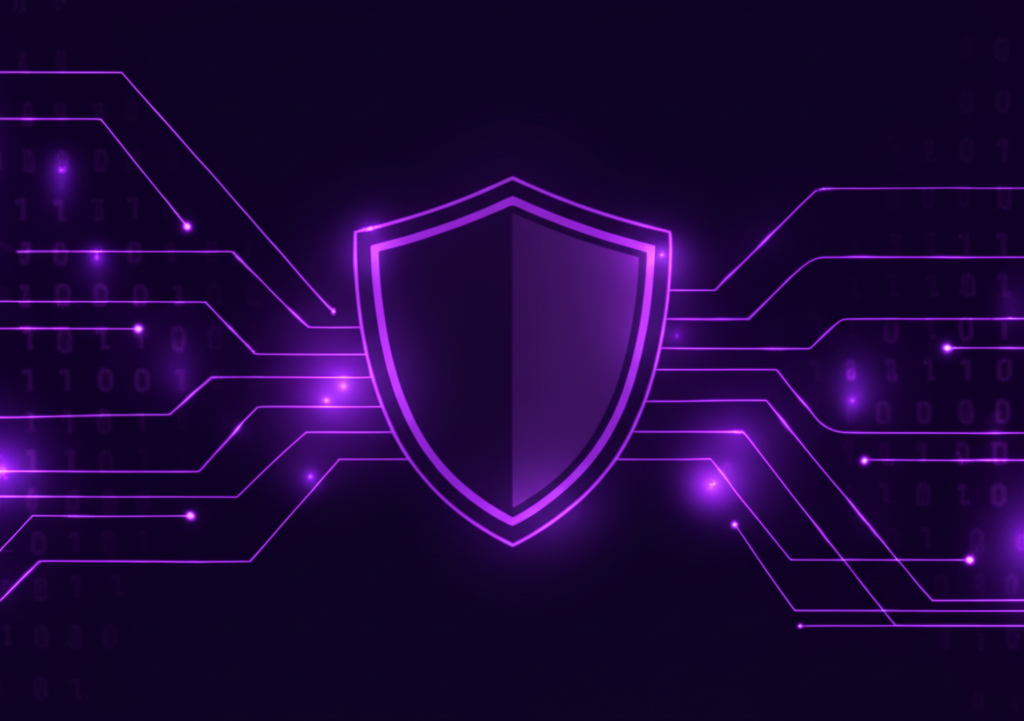Implementing Zero Trust Security: A Practical Guide for Modern Organizations

The traditional security model of "trust but verify" has proven inadequate in an era of sophisticated cyber threats, remote work, and cloud-based resources. Zero Trust Architecture (ZTA) has emerged as a more effective approach, operating on the principle of "never trust, always verify." This article provides a practical guide for organizations transitioning to a Zero Trust model, focusing on incremental implementation strategies that deliver immediate security benefits while building toward comprehensive protection.
Understanding Zero Trust Architecture
Before diving into implementation, it's important to understand the core principles that define Zero Trust:
Key Principles of Zero Trust
- Verify Explicitly: Always authenticate and authorize based on all available data points
- Use Least Privilege Access: Limit user access with Just-In-Time and Just-Enough-Access (JIT/JEA)
- Assume Breach: Minimize blast radius and segment access, verify end-to-end encryption, and use analytics to improve defenses
Zero Trust vs. Traditional Security Models
| Traditional Perimeter Security | Zero Trust Architecture |
|---|---|
| Trust based on network location | No implicit trust based on location |
| Focus on protecting the network boundary | Focus on protecting resources regardless of location |
| VPN-centric remote access | Identity-centric access control |
| Static, broad access permissions | Dynamic, context-aware, least-privilege access |
| Periodic security verification | Continuous monitoring and validation |
Building a Zero Trust Strategy
Implementing Zero Trust requires a comprehensive strategy that addresses people, processes, and technology:
1. Assess Your Current Environment
Begin with a thorough understanding of your existing infrastructure:
- Asset Inventory: Identify all resources that need protection (data, applications, assets, services)
- Data Flow Mapping: Document how information moves through your organization
- Access Patterns: Analyze who accesses what resources and under what circumstances
- Existing Security Controls: Evaluate current authentication, authorization, and monitoring capabilities
2. Define Your Protection Surface
Instead of trying to defend everything equally, focus on your most critical assets:
- Critical Data: Identify your most sensitive and valuable information
- Key Applications: Prioritize applications that handle sensitive data or critical functions
- Essential Services: Identify services that support core business operations
- Valuable Assets: Include infrastructure components that would significantly impact operations if compromised
3. Design Your Zero Trust Architecture
Create a target architecture based on these core components:
Identity and Access Management
- Strong Authentication: Multi-factor authentication (MFA) for all users
- Contextual Authorization: Access decisions based on user, device, location, and behavior
- Just-in-Time Access: Temporary, limited access for specific tasks
- Privileged Access Management: Special controls for administrative accounts
Device Security
- Device Inventory: Maintain a complete inventory of all devices
- Device Health Verification: Assess security posture before granting access
- Endpoint Protection: Deploy modern endpoint security solutions
- Patch Management: Ensure devices are updated with security patches
Network Security
- Micro-segmentation: Divide the network into secure zones
- Secure Access Service Edge (SASE): Combine network security functions with WAN capabilities
- Encrypted Communications: Ensure all data in transit is encrypted
- Network Monitoring: Continuous monitoring for suspicious activities
Application Security
- Secure Development: Implement secure coding practices
- Application Vetting: Regular security testing and code reviews
- Runtime Protection: Deploy application-level security controls
- API Security: Secure all application programming interfaces
Data Security
- Data Classification: Categorize data based on sensitivity
- Encryption: Protect data at rest and in transit
- Data Loss Prevention: Prevent unauthorized data exfiltration
- Rights Management: Control who can access, edit, or share data
Implementing Zero Trust: A Phased Approach
Zero Trust implementation should be incremental, focusing on quick wins while building toward comprehensive coverage:
Phase 1: Secure Critical Resources
- Implement MFA for all users accessing critical systems
- Enhance visibility with logging and monitoring for critical assets
- Segment the network to isolate critical systems
- Deploy endpoint protection on all devices accessing critical resources
Phase 2: Expand Protection
- Extend MFA to all corporate resources
- Implement device health checks before granting access
- Deploy micro-segmentation across the network
- Enhance data protection with encryption and access controls
Phase 3: Optimize and Mature
- Implement continuous verification of access
- Deploy advanced analytics for threat detection
- Automate security responses to common threats
- Integrate security across all business processes
Measuring Zero Trust Success
Track your Zero Trust implementation progress with these key metrics:
- Security Incidents: Reduction in successful breaches
- Mean Time to Detect (MTTD): Faster identification of threats
- Mean Time to Respond (MTTR): Quicker containment of incidents
- Coverage: Percentage of resources protected by Zero Trust controls
- User Experience: Impact on productivity and satisfaction
Common Challenges and Solutions
Be prepared to address these common implementation challenges:
Legacy Systems
Challenge: Older systems may not support modern authentication methods.
Solution: Use proxies or gateways to add Zero Trust controls in front of legacy systems, or isolate them in highly controlled network segments.
User Resistance
Challenge: Users may resist additional security measures that affect their workflow.
Solution: Focus on user experience, provide clear communication about changes, and implement controls that minimize disruption while maintaining security.
Technical Complexity
Challenge: Zero Trust involves multiple technologies and can be complex to implement.
Solution: Start with a limited scope, use integrated platforms where possible, and consider managed services to reduce complexity.
Cost Concerns
Challenge: Implementing Zero Trust may require significant investment.
Solution: Prioritize investments based on risk, leverage existing security tools where possible, and consider cloud-based solutions to reduce capital expenditure.
Conclusion
Zero Trust Architecture represents a fundamental shift in security strategy, moving from perimeter-based defenses to a model where trust is never assumed and always verified. While implementing Zero Trust requires careful planning and execution, the benefits in terms of improved security posture, reduced risk, and enhanced ability to support modern work patterns make it a worthwhile investment for organizations of all sizes.
By taking a phased approach, focusing on critical assets first, and gradually expanding protection across your environment, you can successfully transition to a Zero Trust model while managing costs and minimizing disruption to your business operations.
Remember that Zero Trust is not a destination but a journey—a continuous process of improvement and adaptation as threats evolve and your organization changes. With the right strategy and commitment, you can build a security architecture that protects your most valuable assets regardless of where they're located or how they're accessed.


